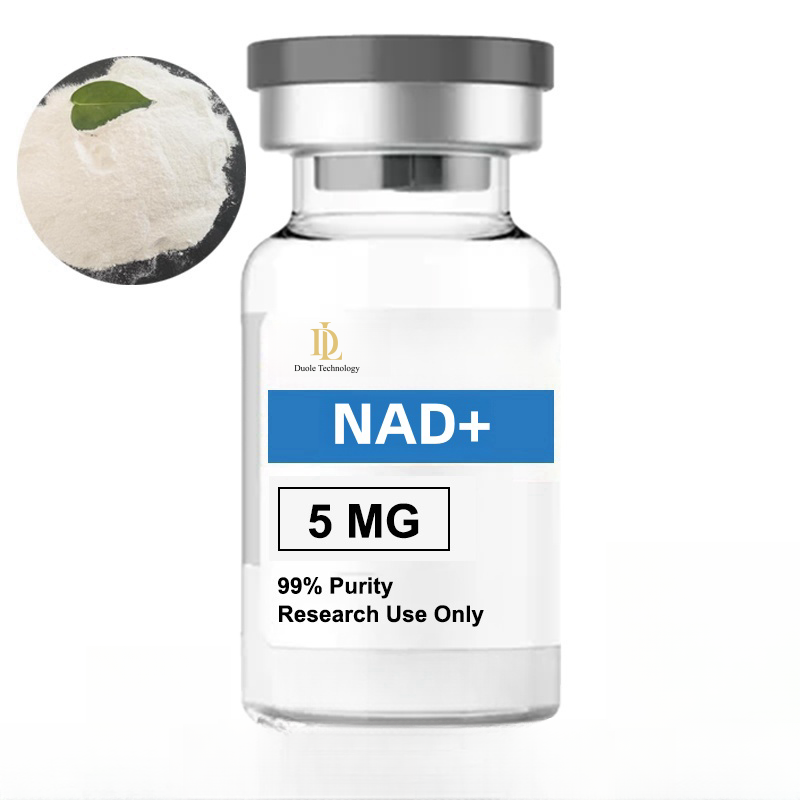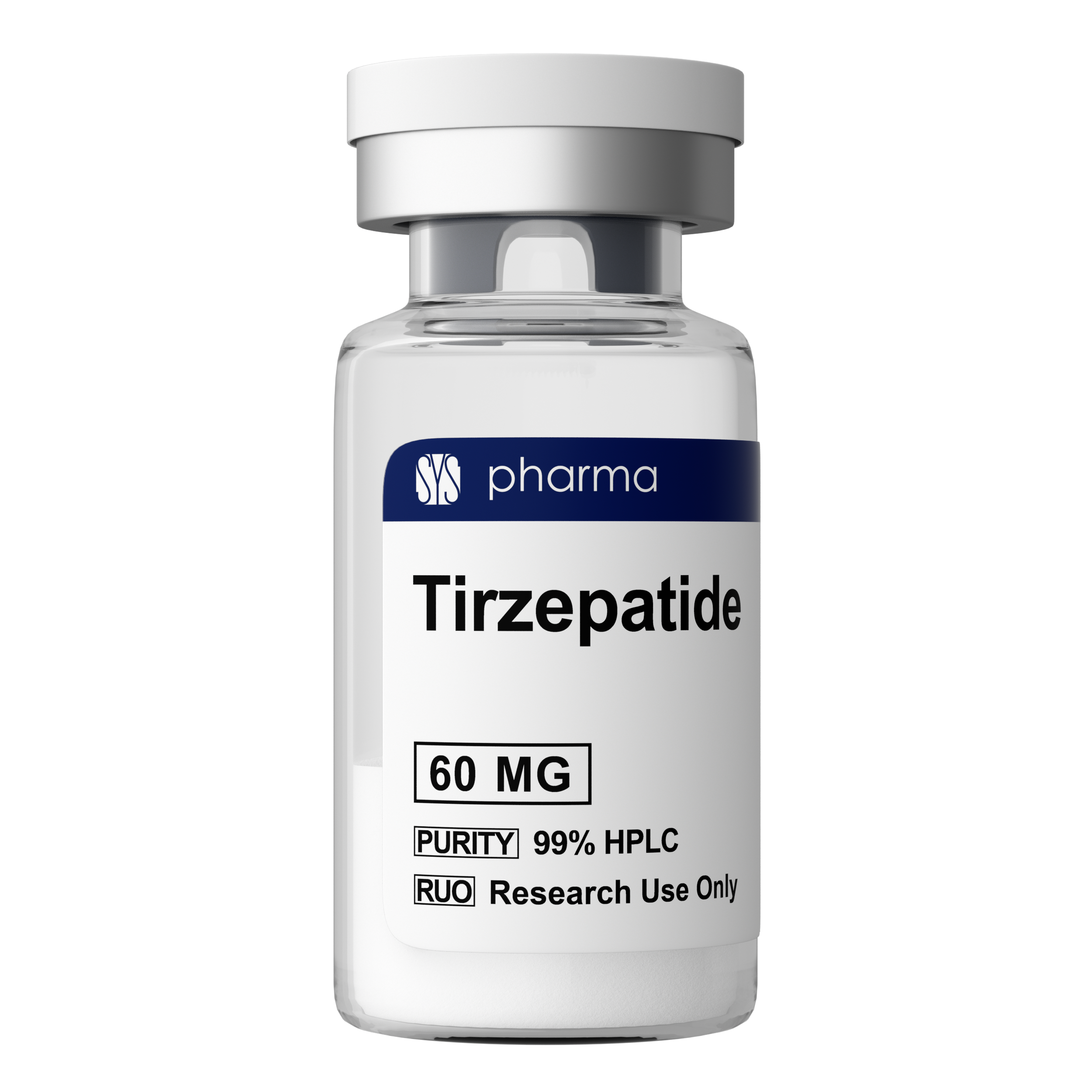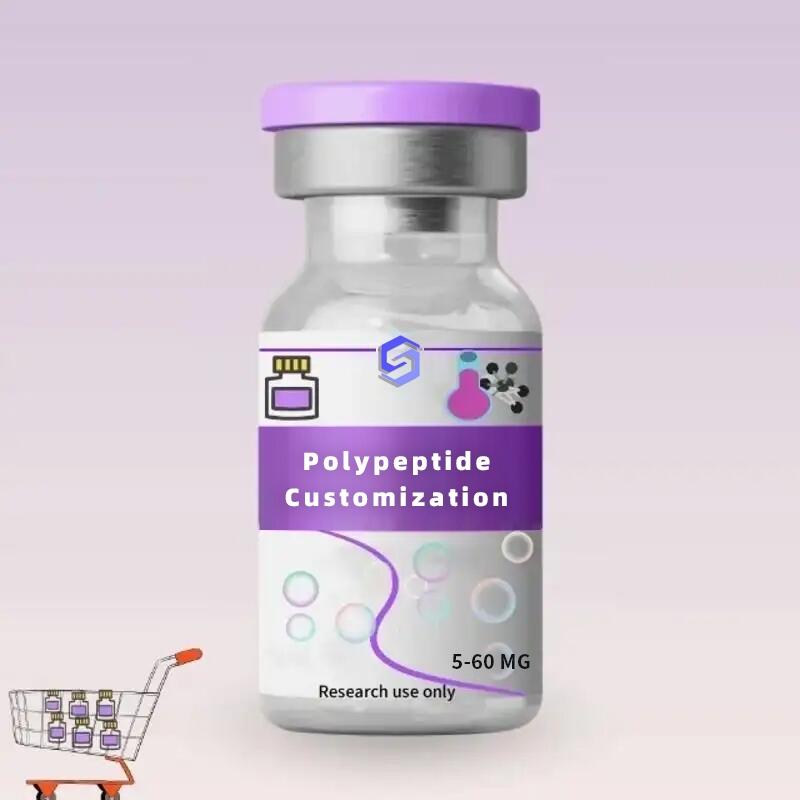-
Categories
-
Pharmaceutical Intermediates
-
Active Pharmaceutical Ingredients
-
Food Additives
- Industrial Coatings
- Agrochemicals
- Dyes and Pigments
- Surfactant
- Flavors and Fragrances
- Chemical Reagents
- Catalyst and Auxiliary
- Natural Products
- Inorganic Chemistry
-
Organic Chemistry
-
Biochemical Engineering
- Analytical Chemistry
-
Cosmetic Ingredient
- Water Treatment Chemical
-
Pharmaceutical Intermediates
Promotion
ECHEMI Mall
Wholesale
Weekly Price
Exhibition
News
-
Trade Service
The production process of phosphonic acid, [[(1R)-2-(6-amino-9H-purin-9-yl)-1-methylethoxy]methyl]-, monophenyl ester involves several steps, including the synthesis of the starting materials, the reaction process itself, and the purification and isolation of the final product.
- Synthesis of starting materials
The synthesis of phosphonic acid, [[(1R)-2-(6-amino-9H-purin-9-yl)-1-methylethoxy]methyl]-, monophenyl ester starts with the synthesis of two key starting materials: 6-amino-9H-purine-2,9-diamine and methyl 1-[(2-hydroxyethyl)amino]-2-[(1R)-2-(6-amino-9H-purin-9-yl)-1-methylethoxy]-propanamide.
6-amino-9H-purine-2,9-diamine is synthesized by a series of chemical reactions that involve the condensation of 6-cyano-9H-purine-2,9-diamine with ammonia, followed by hydrogenation to convert the nitrogen-containing group to an amine.
This intermediate is then reacted with diborane to convert the primary amine to a secondary amine, which is finally reduced to the diamine using a reducing agent such as lithium aluminum hydride (LiAlH4).
The second starting material, methyl 1-[(2-hydroxyethyl)amino]-2-[(1R)-2-(6-amino-9H-purin-9-yl)-1-methylethoxy]-propanamide, is synthesized through a multi-step reaction process that involves the condensation of a series of intermediate compounds.
The synthesis begins with the preparation of 1,2-bis(2-hydroxyethyl)amino-4,5,6,7-tetrahydro-1H-pyrimidin-4-one, which is reacted with methyl 2-[(1R)-1-[(2-hydroxyethyl)amino]-2-oxo-3-(6-oxo-9H-purin-9-yl)propionamido]-4-oxobutyrate to form the desired product.
- Reaction process
The reaction process involves the use of pyrophosphate as a catalyst, and the reaction is carried out in a solvent such as dichloromethane or chloroform.
The reaction occurs under mild conditions, such as room temperature or slightly elevated temperatures, and the reaction is complete within a few hours.
The product is then isolated by standard methods, such as filtration or centrifugation.
- Purification and isolation of the final product
After the reaction process, the product is purified and isolated through a series of techniques, including precipitation, crystallization, and chromatography.
The purification process is necessary to remove any impurities that may have been introduced during the synthesis or reaction process.
The final product is then dried and characterized using techniques such as nuclear magnetic resonance spectroscopy (NMR) and mass spectrometry to verify its identity and purity.
- Quality control
To ensure the quality of the final product, various tests are performed, including physical and chemical tests.
Physical tests include measuring the melting point, boiling point, and solubility of the product, while chemical tests involve analyzing the product's stability, reactivity, and compatibility with other substances.
These tests are critical in ensuring that the final product meets the required specifications and is safe for use in pharmaceutical or other applications.
In summary, the production process of phosphonic acid, [[(1R)-2-(6-amino-9H-purin-9-yl)-1-methylethoxy]methyl]-, monophenyl ester involves the synthesis of two key starting materials, followed by a multi-step reaction process using pyrophosphate as a catalyst, purification and isolation of the final product, and







